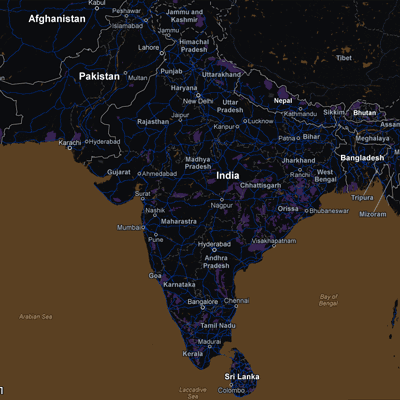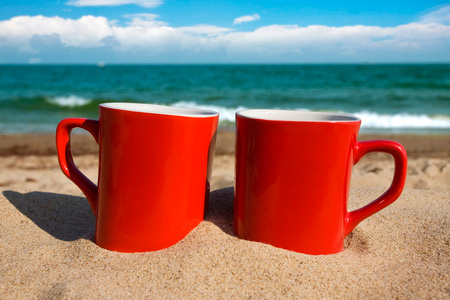
Photo courtesy of Shutterstock.
The whole “people in the Pacific Northwest drink too much coffee” thing has gotten to be a pretty crusty, lazy old joke. But it turns out they drink so much coffee that in areas where waste systems are less regulated, the ocean is becoming a mildly caffeinated beverage, National Geographic News reports.
Caffeine levels off the potentially polluted areas were below the detectable limit, about 9 nanograms per liter. The wilder coastlines were comparatively highly caffeinated, at about 45 nanograms per liter …
“Caffeine is pretty darn ubiquitous, and there is growing evidence that this and other understudied contaminants are out there,” said [hydrologist Dana] Kolpin, of the USGS’s Toxic Substances Hydrology Program in Iowa City, Iowa.
Who’s laughing now, huh? These concentrations aren’t exactly espresso-level, writes Bill Chameides, dean of Duke’s Nicholas School for the Environment:
Even the highest concentrations of caffeine observed by Rodriguez del Rey et al are much, much smaller than the concentrations in a typical cup of coffee (500,000,000 nanograms per liter). Is that too low to have an effect? We’ll have to await further study to know for sure. In the meantime, chalk another one up to the the growing list of environmental fingerprints attributable to humans in the Anthropocene.
Let’s just hope that ocean creatures aren’t getting slowly addicted to caffeine like us humans. Otherwise, if we ever clean this mess up, the entire ocean will have a roaring headache. And you don’t want to come face to face with an oyster going through caffeine withdrawal. Trust me.




